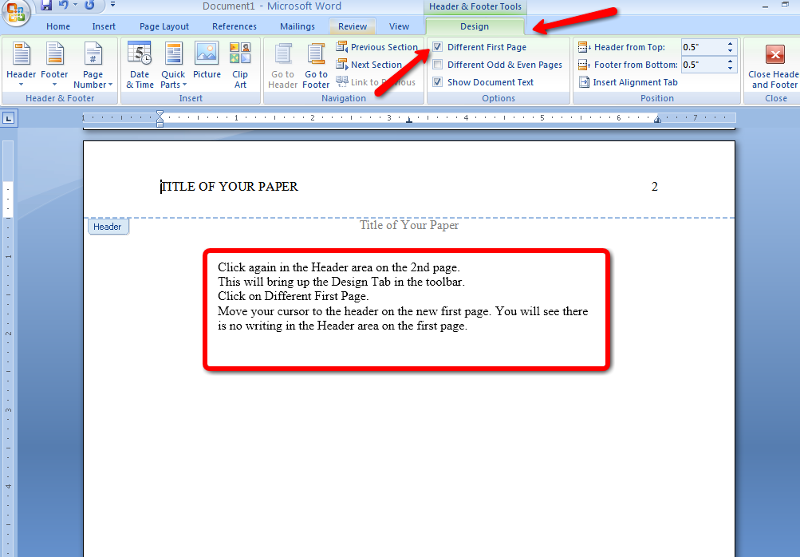
Your opinion on whether this plan is tenable and if you think if itĬan work.A minimum of four scholarly references. Programs, support groups)Based on the information listedĪbove, provide some conclusions with regard to your plan to include Transportation, limited computer access)Local resourcesĪvailable to help the client obtain work (e.g., job center, training Important to indicate that as well.Basic plan forĬounseling utilizing chosen theory (e.g., interview, use ofĪssessment tools, explanation of theory)Environmental/personal barriers that may prevent the client fromįinding work (e.g., disability, substance use history, felony, Please note: If none are available, it is Supporting the use of this theory in the general population as wellĪs within the group. (e.g., Minnesota theory of work adjustment). Important for this group to receive career counselingStatistics on the group (e.g., how large, how many haveĮmployment problems, how many utilize career counseling)Discussion of career counseling theory to be used with the group The paper should include the following:An explanation of who the population is and why it is Support your use of a specific career theory as well as interventions

Minorities, individuals with disabilities, etc.) and write a paper up to 2,100 words that can be used as a resource when working withĪn individual from the selected group. Prepare an Outline for this part of the assignmentFor this assignment you will select a marginalized group (veterans, One of the major questions of interest has focused on the role of context in The problem of lexical ambiguity has been widely studied in the language comprehension Homophone like “bill” has separate grammatical nodes but shares a single sound node.įigure 1: A simplified model of the language processing system.

Information flows up and down this network of nodes. During language comprehension and production, The middle, and meaning in the cloud bubbles). Nodes represent different aspects of the words (sounds at the bottom, grammatical properties in Third example), focusing primarily on the production processes.įigure 1 presents a simplified model of the mental lexicon. TheĮxperiments presented here were designed to explore the nature of lexical ambiguity (as in the Homophone “bill” which could refer to an itemized list of costs or to the mouth of a duck. Finally, in (c) the ambiguity lies in the use of the The binoculars or the spy had the binoculars. (b) there are two interpretations depending on the underlying grammatical structure: the cop had Thus “alert” can be parsed in a number of ways, two of which are “alert” and “a lert.” In In spoken speech, there are a few acoustic cues to signal the beginning and ending of In (a) the pun arises from the fundamental ambiguity that exists in the sounds of The man was not surprised when he inspected the bill. The cop saw the spy with the binoculars.Ĭ. One of the major problems that language users must deal with is the resolution of ambiguities.ī.

Where did Cinderella lose her slipper? At the dance or the soccer field: Homophones in language


 0 kommentar(er)
0 kommentar(er)
